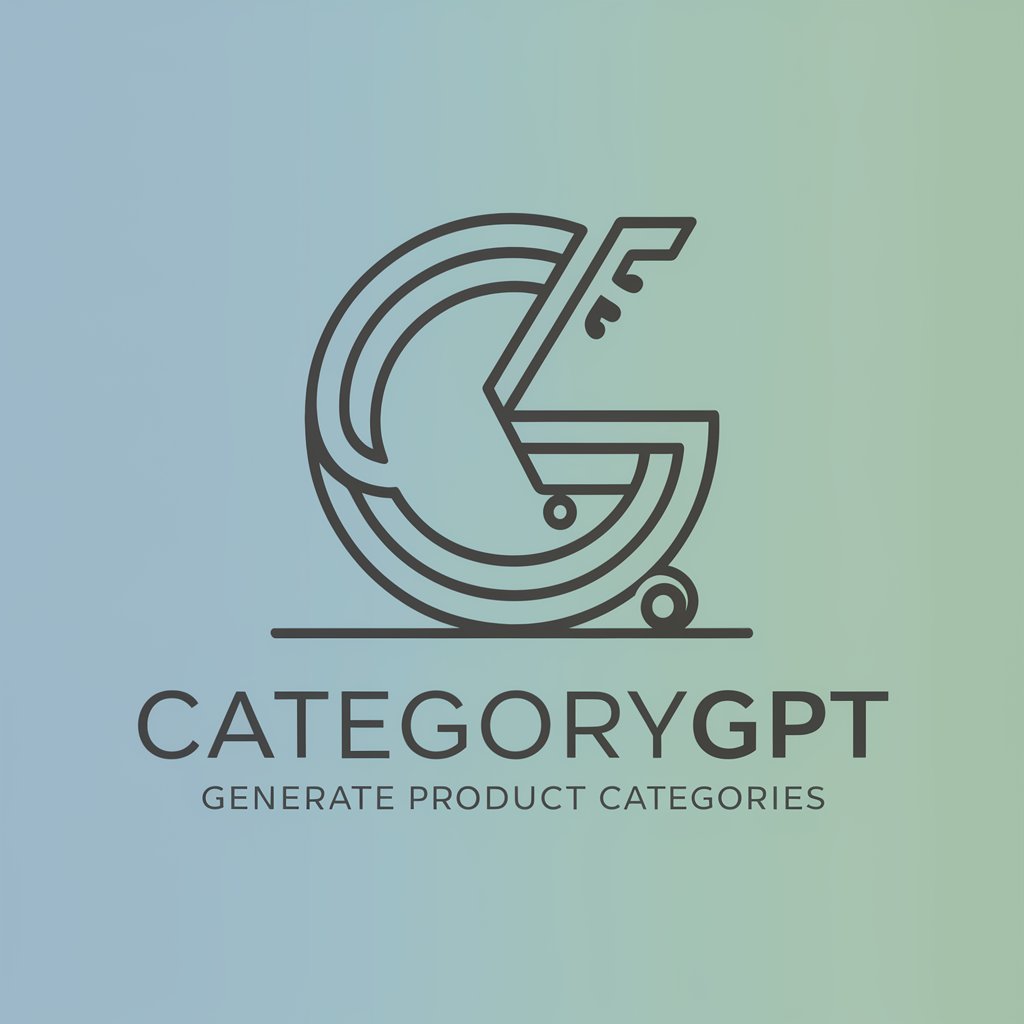
Category Analysis - Data Categorization Tool
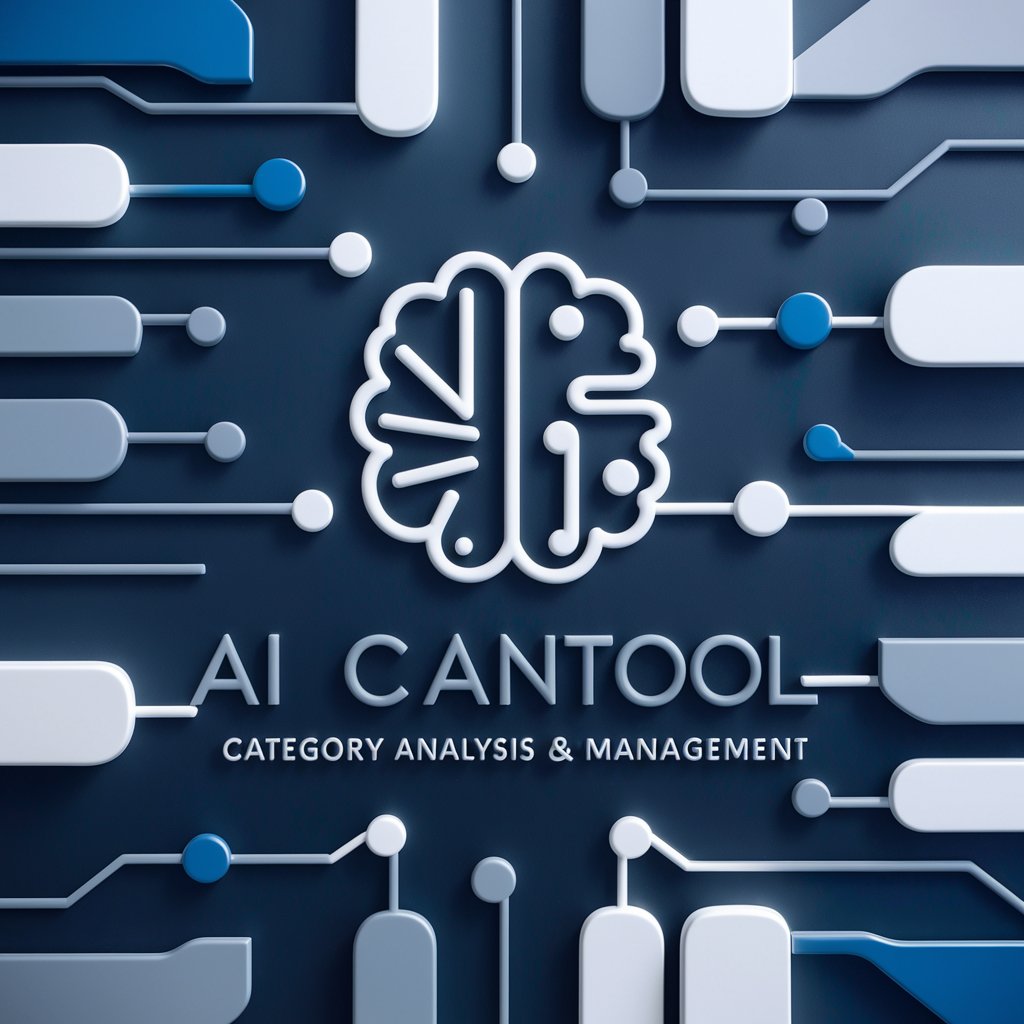
Hello! Ready to optimize your business categories today?
Transform data into actionable insights with AI.
Analyze the current market trends for...
Provide a detailed category breakdown of...
Suggest strategies for optimizing the product categories in...
Evaluate the customer demographics for...
Get Embed Code
Understanding Category Analysis
Category Analysis is a specialized analytical approach designed to dissect and understand complex data through the lens of categorization. Its primary purpose is to break down broad information sets into manageable, coherent categories, enabling users to make sense of and utilize data more effectively. This approach is particularly useful in contexts where data is voluminous or complex, necessitating a structured method to identify patterns, trends, and insights. For instance, in a business setting, Category Analysis might be applied to segment customers based on purchasing behavior, identify product categories that are performing well or lagging, or analyze market segments to inform strategic planning. A practical scenario illustrating its application could be a retail company seeking to optimize its product assortment. By categorizing products based on sales performance, customer preferences, and seasonal trends, the company can make informed decisions on inventory management, marketing strategies, and product development. Powered by ChatGPT-4o。

Core Functions of Category Analysis
Data Segmentation
Example
Dividing a market into distinct customer segments based on demographics, psychographics, or behavior.
Scenario
A marketing team uses Category Analysis to tailor communication strategies for each segment, enhancing the effectiveness of their campaigns.
Trend Identification
Example
Spotting emerging trends within product categories or market segments.
Scenario
A fashion retailer leverages Category Analysis to identify fast-rising trends in customer preferences, allowing for rapid response in inventory and marketing.
Performance Tracking
Example
Monitoring and evaluating the performance of different categories within a business.
Scenario
A SaaS company employs Category Analysis to track the performance of its various service offerings, identifying high-growth areas and underperforming services for strategic adjustments.
Market Gap Analysis
Example
Identifying unmet needs or opportunities within a market or product line.
Scenario
A health food brand uses Category Analysis to uncover gaps in the market for specific dietary needs, leading to the development of new product lines.
Target Users of Category Analysis Services
Business Executives
Senior leaders seeking to drive strategic decisions based on market insights, customer segmentation, and competitive analysis. They benefit from using Category Analysis to guide resource allocation, product development, and market entry strategies.
Marketing Professionals
Individuals responsible for crafting and implementing marketing strategies. Category Analysis aids in understanding customer segments, optimizing marketing campaigns, and identifying new opportunities for engagement.
Product Managers
Professionals tasked with managing a product's lifecycle. They use Category Analysis to understand market trends, evaluate product performance across different segments, and inform product strategy and innovation.
Market Researchers
Researchers focusing on gathering and analyzing market data. Category Analysis provides a framework for organizing vast amounts of information, facilitating the identification of patterns, trends, and insights critical for informing business strategies.

Guidelines for Using Category Analysis
Begin with a Trial
Start by accessing a free trial at yeschat.ai, allowing you to explore Category Analysis features without the need for a login or a ChatGPT Plus subscription.
Identify Your Needs
Determine the specific categories or segments you want to analyze. This could range from market segments, product categories, to customer demographics.
Gather Data
Compile relevant data that you wish to categorize. This includes documents, spreadsheets, or any other data source that contains the information you need to analyze.
Analyze and Categorize
Use the Category Analysis tool to input your data. The tool will analyze and categorize the information based on your specifications.
Review and Apply Insights
Examine the categorized data provided by the tool. Use these insights to make informed decisions or to optimize your category strategy.
Try other advanced and practical GPTs
My Oracle
Empowering decisions with AI-powered insights.

Dancing
Empowering your dance journey with AI

Cyber Sentinel
AI-powered Cybersecurity Guidance

Decision-AI
Empowering decisions with AI insight
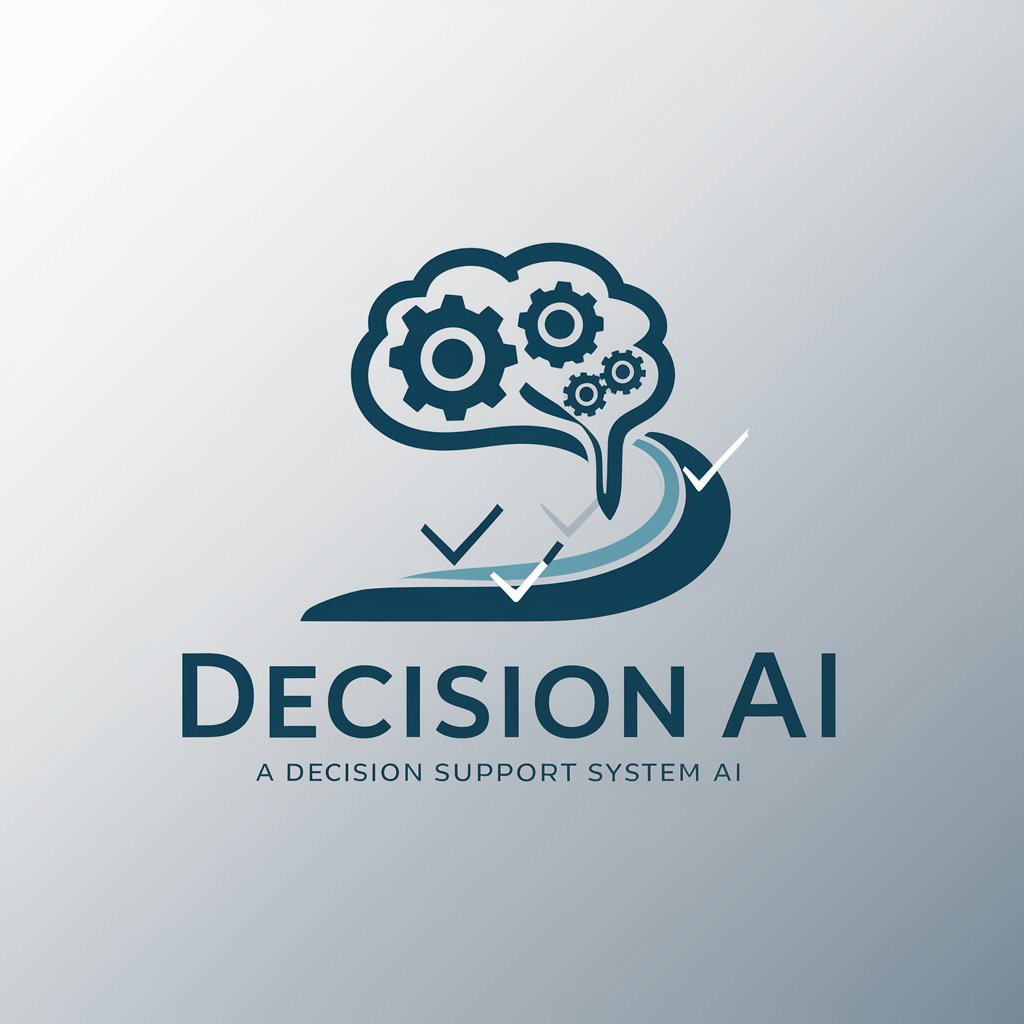
Matka Sakka King Addiction Help
Empowering recovery with AI

Sell
Empowering Sales with AI Insights

Data Wizard
Empowering insights with AI-driven analysis.

Market Pulse Analyst
Empowering traders with AI-driven market insights

Loyalty
Empowering Loyalty Understanding with AI

Nothing's Gonna Stop Us Now meaning?
Empower your decisions with AI-driven insights.
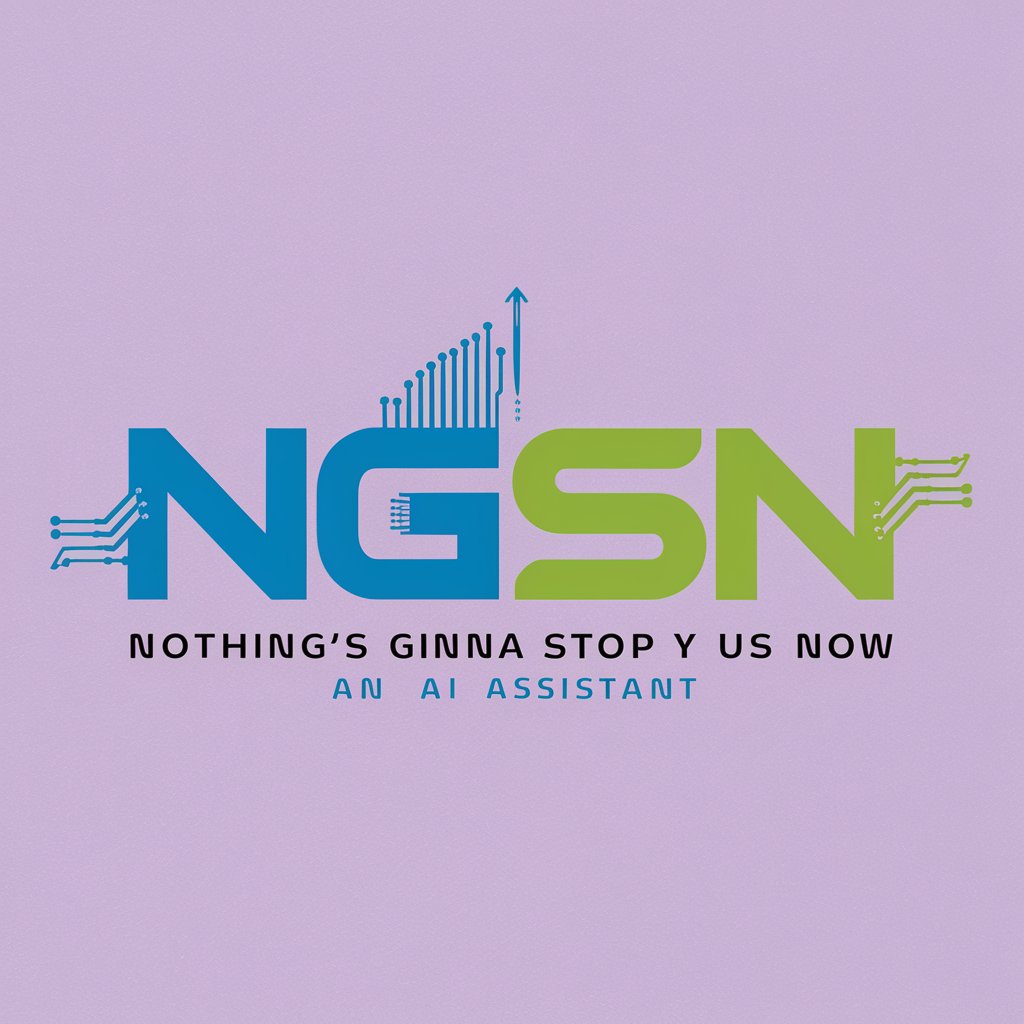
Better Off meaning?
Empowering Creativity and Research with AI
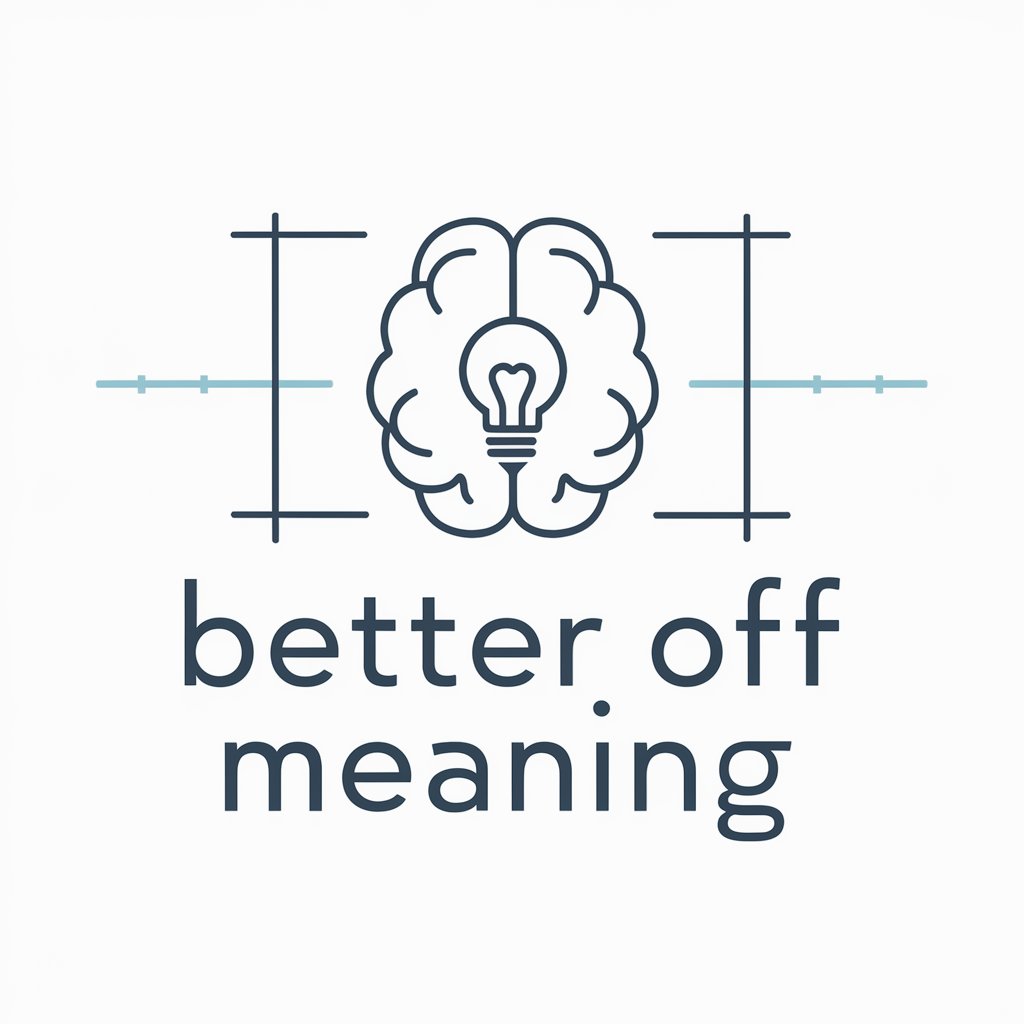
Cleaning Equipment
Streamline cleaning with AI-powered tools

Category Analysis Q&A
What is Category Analysis?
Category Analysis is a tool designed to help users categorize and analyze complex data sets. It breaks down information into manageable categories, making it easier to understand and utilize for decision-making purposes.
Who can benefit from using Category Analysis?
Business analysts, market researchers, academic professionals, and anyone in need of organizing large volumes of information into clear, actionable categories can benefit from using Category Analysis.
Can Category Analysis help in market segmentation?
Yes, it is particularly useful in segmenting markets by analyzing customer data, preferences, and behaviors, allowing businesses to tailor their strategies more effectively.
How does Category Analysis handle large data sets?
Category Analysis employs advanced algorithms to process and categorize large data sets efficiently, ensuring accuracy and reducing the time required for manual categorization.
Is prior knowledge in data analysis required to use Category Analysis?
No, while knowledge of data analysis can be beneficial, Category Analysis is designed to be user-friendly, with intuitive interfaces that guide users through the categorization process.
